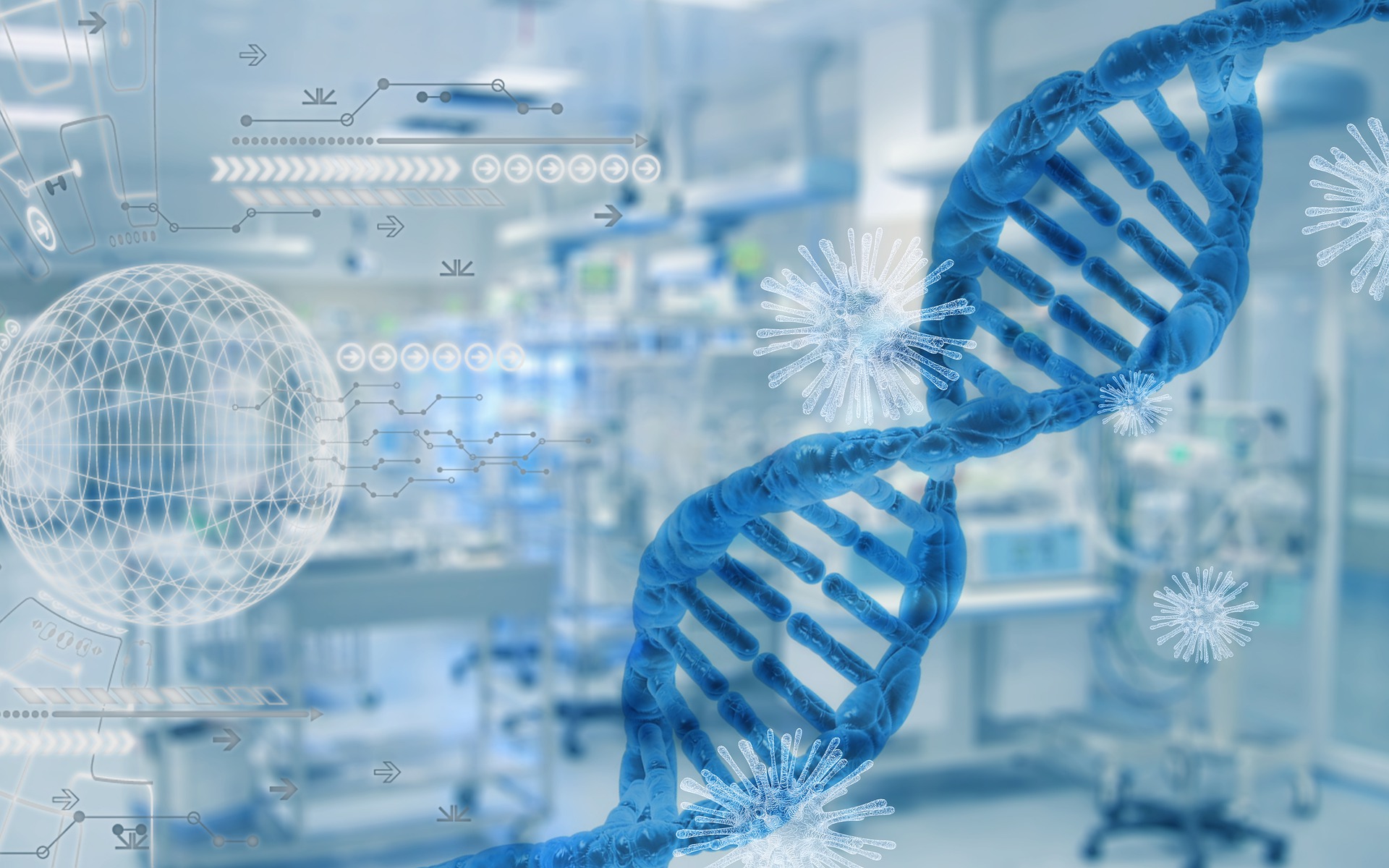



Microorganisms are a group of tiny, invisible organisms that are mainly divided into fungi, actinomycetes, bacteria, spirochetes, rickettsiae, chlamydiae, mycoplasmas, and viruses. Different diseases correspond to different types of samples, including fluids obtained from patients' sputum, urine, blood, puncture fluid, cerebrospinal fluid, pus, and wound sites. These samples are cultured and identified to determine the type and concentration of microorganisms, thereby identifying the pathogenic mechanism of the disease and helping doctors diagnose and treat patients correctly.
The clinical microbiology laboratory is a specialized place for isolating, culturing, and identifying pathogenic microorganisms. There are seven types of routine clinical microbiological tests in the Chinese hospitals and medical institutions, totaling 152 items, of which bacterial testing accounts for 52.5% with 81 items.
Currently, the main platforms for microbiology diagnostics include traditional techniques, serology, molecular diagnostics, and mass spectrometry. Traditional and serological techniques are relatively mature, while mass spectrometry and molecular diagnostics are new technologies. The representative companies for mass spectrometry in China are BioyongTechnologies and Autobio, and in foreign markets, they are Bruker, Merck, and BD. The representative company for molecular diagnostics is BGI Genomics and Jiangxi Presice. bioM¨¦rieux is the world's leading company in the microbiology diagnostics industry, covering all technology platforms in the field of microbiology diagnostics, and occupying 60% of the global microbial diagnostics market share.
Currently, the mainstream method used in laboratories is still traditional biochemical and immunodiagnostics. Microbiology diagnostics differs from other in vitro diagnostic tests in sample processing and cultivation. A positive sample must be obtained before further identification and drug sensitivity testing can be performed.
Immunodiagnostics can only detect antibodies for known bacterial species and has high sensitivity, specificity, and convenience. However, the currently detectable bacterial species are not comprehensive enough. Mass spectrometry and gene detection are new microbiology diagnostic methods. The core barrier of mass spectrometry lies in the traceability of the bacterial strain library, which requires the establishment of a cloud database of microbial protein fingerprint maps.
The core of gene detection methods lies in the establishment of a bacterial gene database and the selection of detection methods. The high cost of using metagenomic sequencing for detection, and PCR method can only detect known bacterial species.
The purpose of drug sensitivity testing is to test the drug sensitivity, tolerance, and guide the use of drugs for microorganisms. The main index for testing is the MIC value, which is the minimum drug concentration that can inhibit the growth of pathogenic bacteria in the culture medium after 24 hours of in vitro bacterial culture. The commonly used methods are paper diffusion method and agar/ broth dilution method. A new rapid drug sensitivity testing method is the heavy water combination marker Raman spectroscopy technology, which uses the principle that the metabolic rate of resistant bacteria and sensitive bacteria under the action of antibiotics is different, and the CD Raman peak intensity is different to detect, but there is no registered product yet.
According to the market research data, the global market size of the microbiology diagnostic industry was $17.821 billion in 2019, while the domestic market size in China was approximately $1.466 billion with a year-on-year growth rate of 2.66%. The market is expected to steadily grow, and by 2025, the market size is estimated to reach $1.845 billion, with a growth rate of about 5%. The driving factors behind this growth include the upgrading of testing technology, the improvement of automation level, and the increasing demand from end-users guided by national policies.
The microbiology diagnostic industry currently lacks specialized and systematic testing equipment, with limited automation and high dependence on manual labor. According to the 2019 overview of the Chinese microbiology diagnostic industry published by LeadLeo Research Institute, only 15% of the 2A or higher microbial laboratories have automated smear testing, only 13% have automated plate inoculation, and only 20% have automated gene tracing/typing.